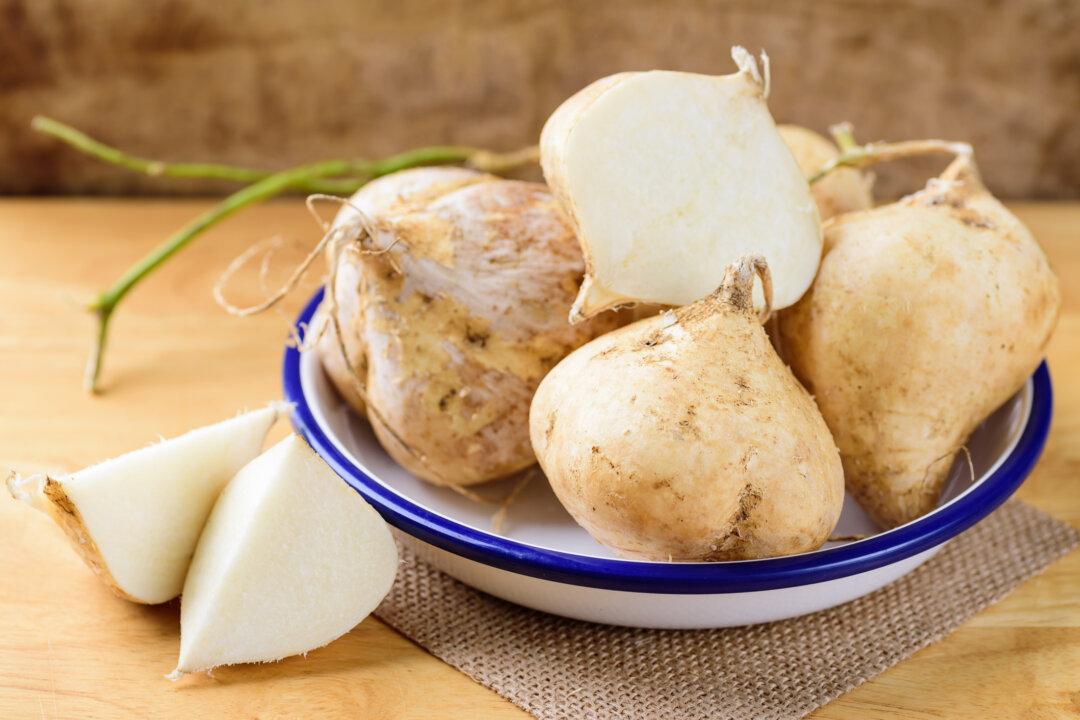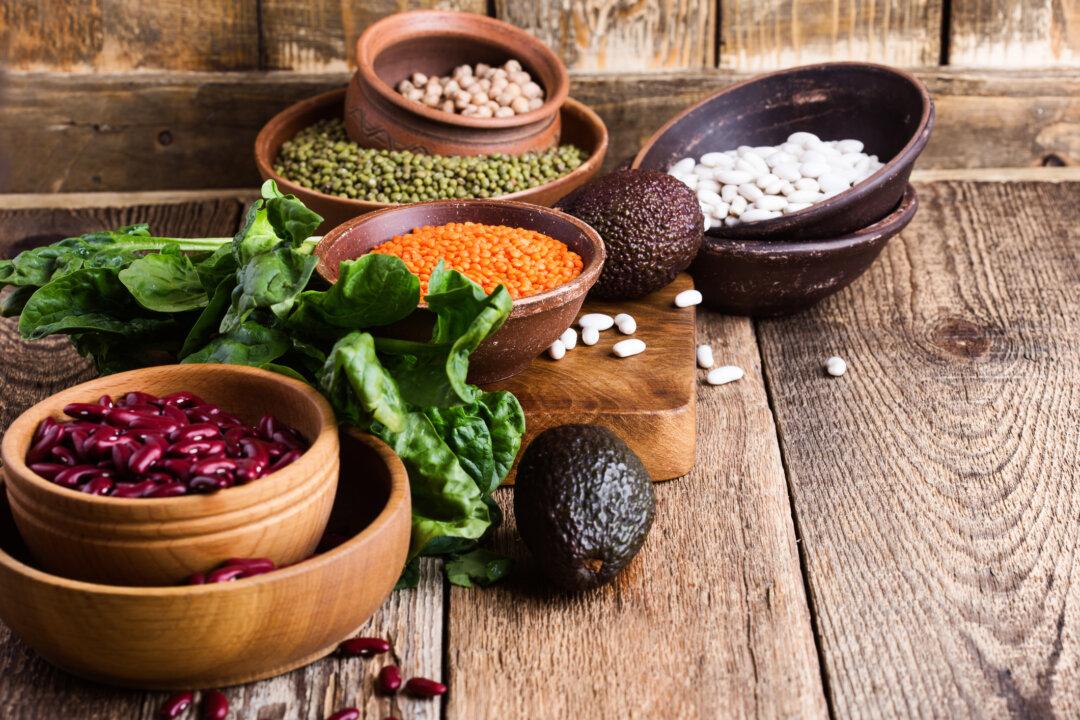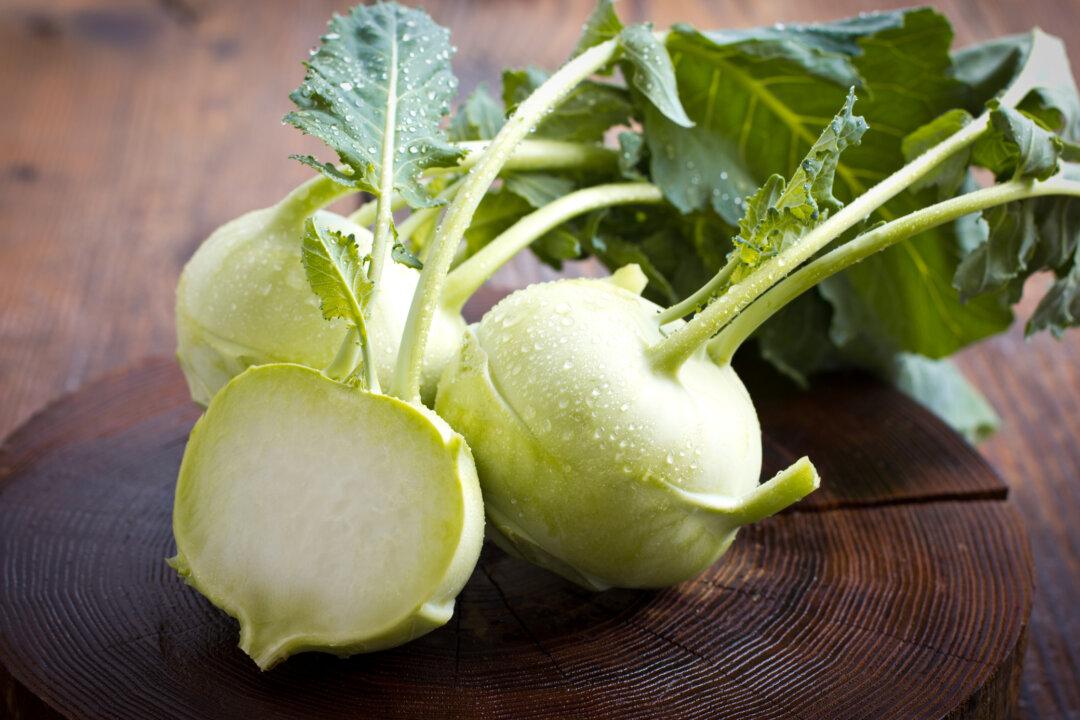The world’s love affair with pasta traces back thousands of years to Asia, where archaeologists believe the first noodles were produced. There’s been no turning back from this versatile and delicious comfort food favorite. Its reputation has been bruised in recent years, however, taking hits from the low-carb diet trend, wheat allergies, and accusations of contributing to several types of ill health, from weight gain and diabetes to cardiovascular disease.
Not to be defeated, our collective penchant for pasta has redefined noodles as we know them in a market that’s exploding with novel varieties made from veggies, beans, lentils, seaweed, mushrooms, and more. While it’s great we don’t have to give up our pasta fix, so many seemingly better and more nutritious options can make the best healthful choice confusing.
Pasta is made from milled durum wheat (semolina), a hard wheat that’s higher in protein than the wheat used to make bread. When mixed with water, it forms the dough that is cut into shapes like spaghetti and penne. The milling process removes the bran and the germ from the wheat, leaving only bits of the starchy endosperm. Removing the bran and germ strips fiber and important B vitamins and nutrients. However, many refined pastas are enriched with B vitamins and iron.
Kneading the dough results in a protein matrix surrounding the starch particles, which gives pasta its strong, stretchy composition. According to Nicola M. McKeown, Ph.D., associate professor at the Friedman School of Nutrition Science and Policy, this may “lead to slower digestion of the starch particles, lower release of glucose, and may help you to feel fuller.” Compared to some other carbohydrate-based foods, like potatoes, white rice, and bread made from white flour, pasta is slower to digest.
Its slower digestion may provide evidence to disprove it plays a role in weight gain. According to a recent systematic review and meta-analysis of 30 studies involving nearly 2,500 people, published in a 2018 journal BMJ Open, pasta did not cause weight gain or an increase in body fat in people who ate pasta instead of other carbohydrates as part of a healthy diet. Some participants even experienced weight loss. “If we consider that pasta is the staple carbohydrate source in the Mediterranean diet, and the evidence consistently supports the health benefits of a Med. diet, I think pasta can be part of a healthy dietary pattern,” says McKeown.
White vs. Whole Wheat
Whole wheat pasta is also made from wheat flour, but it retains most of the bran and germ, resulting in a more textured and hearty pasta that delivers more vitamins, minerals, and fiber and fewer calories than refined pasta. Whole wheat pasta has twice the fiber, which can provide up to 25 percent of the recommended daily fiber intake per serving.
Most of us are not meeting the daily recommendations for dietary fiber or whole grains, says McKeown, which makes whole-grain pasta a good choice over refined. “Dietary fiber can help in maintaining a healthy weight, lowering risk of diabetes and heart disease, and even promoting gut health, to name just a few benefits,” she says.





